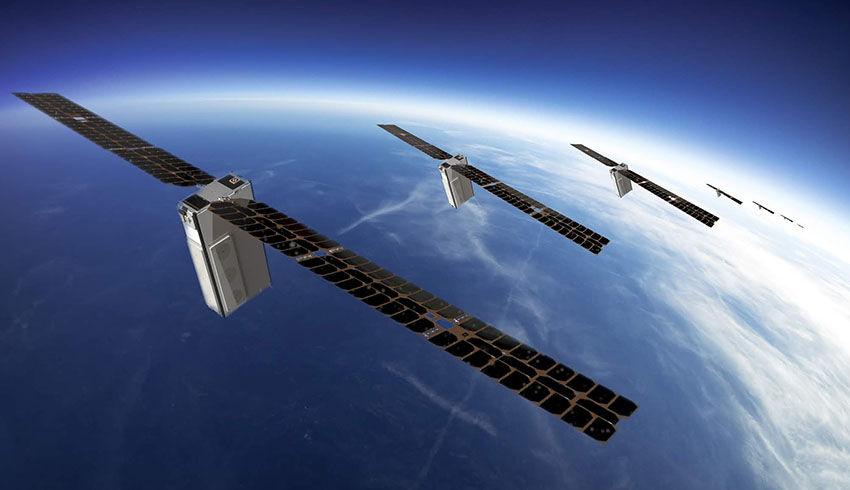
A general meeting of shareholders last week passed resolutions for new board appointments and for a share placement to fund the construction, testing and launch of the company’s first eight commercial 6U nanosatellites.
“Following shareholder approval, SAS will now proceed to complete the placement together with the joint lead managers for the company to finalise new board appointments and recommence trading on the ASX as soon as practicable,” SAS said in advice to the Australian Securities Exchange (ASX).
SAS has embarked on an institutional and broker roadshow through Asia and Australia to pitch for the $15 million it needs to further its plans.
SAS, based in Perth, is well advanced in plans for what it calls the Pearls constellation of as many as 200 nanosatellites in equatorial orbit, providing low cost communications, data and internet services for markets in Africa, South America and Asia.
The company is proposing an additional satellite constellation, allowing full global coverage, including Australia, Russia, China, South Africa, Argentina and Canada. The company has more than 50 agreements in place for use of its services once they are in place.
In 2017, SAS Global launched three prototype satellites on an Indian rocket to test its technology.
SAS has experienced its fair share of problems, particularly attaining the cash needed to advance its operations.
The presentation said it is offering cost efficient and reliable remote communication services based on nano-satellites, dedicated to rural connectivity, internet of things (IoT) and asset tracking.
SAS incorporated in the UK in 2015 and listed on the ASX in May 2016.
SAS said proceeds from the share placement would be used for manufacture of satellites by Danish firm GomSpace, facilitating their launch, manufacturing ground terminals, plus other operational costs and expenses of the placement.
The company said the market opportunity is in remote communication services, which are currently lacking in coverage, reliability, cost efficiency and scalability.
It said it expects to see its first revenues in fourth quarter 2020, following launch of first commercial satellites and the roll-out of ground terminals.
Receive the latest developments and updates on Australia’s space industry direct to your inbox. Subscribe today to Space Connect here.









